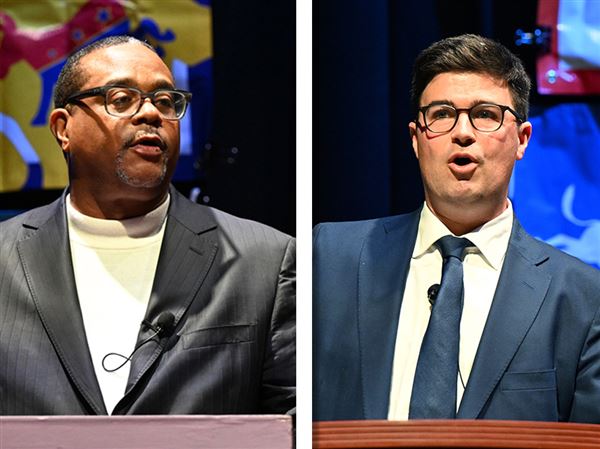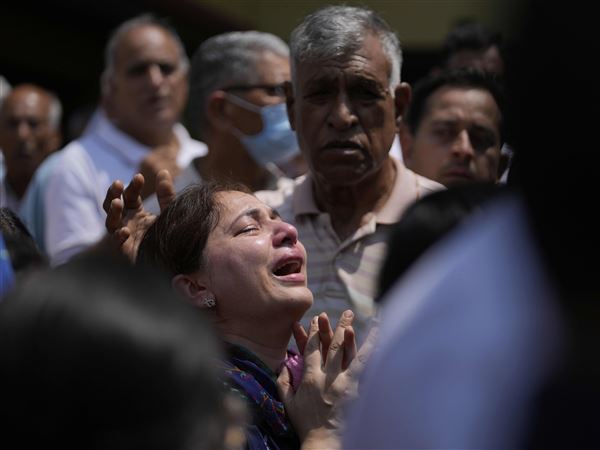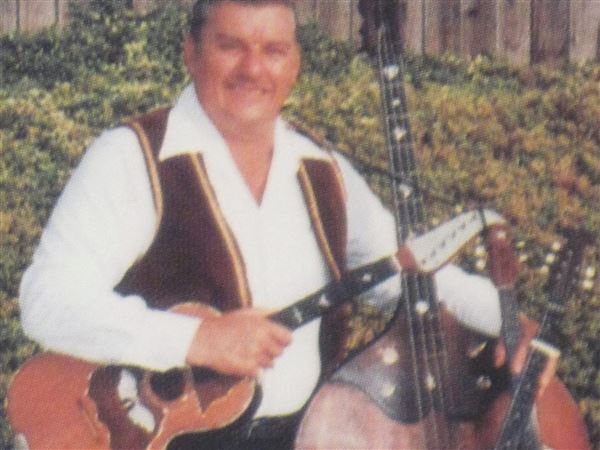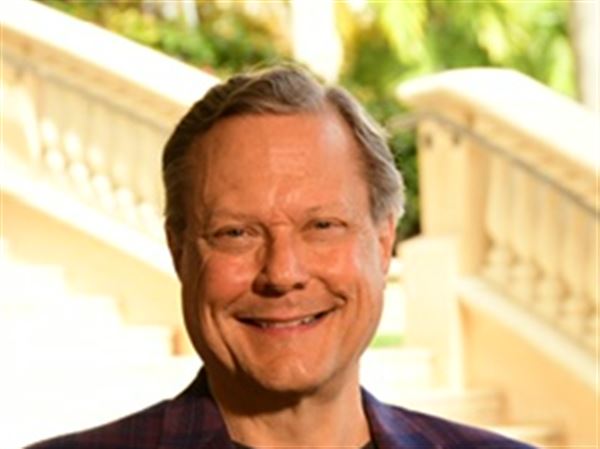In the beginning, there was Public School 1. Then it got messy.
There are actually four P.S. 1's in New York City: That first school, established in 1806 and later named for Alfred E. Smith (Manhattan); the Courtlandt School (the Bronx); the Bergen (Brooklyn); and the Tottenville (Staten Island). Plus, of course, the P.S. 1 in Long Island City, Queens, which now houses a contemporary-art museum. There are also three P.S. 2's, three P.S. 3's and four P.S. 4's.
In a system of 1,700 schools, the numbering can be dizzying. For children starting at Public School 8 this week, they might be traveling to Washington Heights -- or Brooklyn Heights, or two other places. And if teachers are assigned to work at Public School 75 on the Upper West Side, they should not necessarily assume that it opened before Public School 76, about a mile north, or that it bears any relationship to the P.S. 75 that was on the Lower East Side many years earlier.
The fact that the numbers are repeated across boroughs is, in part, because the Bronx, Brooklyn, Manhattan, Queens and Staten Island originally had their own school systems. But over the decades, as the city has closed, moved and razed school buildings -- and, recently, opened lots of new ones -- the sequential numbering of schools has disappeared.
"You start out with a deck of cards with all of the suits in order, and over the course of a century the deck has been shuffled so many times that it doesn't have meaning anymore," said Stephan F. Brumberg, a historian of education at Brooklyn College.
Today, the Education Department uses an allocation code management system to do the work. When a new school is created, a computer assigns it a number, careful not to repeat within a borough; that code is sent to the state for approval.
Except when it is not. Shimon Waronker, the Orthodox Jew who founded the New American Academy in Crown Heights last year, was given No. 748. He had previously run Middle School 22. He pointed out to the chancellor that 748 plus 22 is 770, the address (and nickname) of world Lubavitcher headquarters, and they decided New American would be Public School 770 instead.
Other cities seem not to have this problem. Atlanta and Washington use names, not numbers. Schools in Baltimore are numbered, but people generally say their children attend Westside Elementary, not P.S. 24. And the only numbered schools in Los Angeles are the ones labeled for the streets they are on, like the 28th Street School -- something that helps alleviate confusion.
Back when the first public schools began in New York, the numbers really meant something. Those who like order will appreciate that Manhattan's P.S. 1 is truly the first public school on the island, though it has moved buildings.
The school opened 205 years ago in a "small apartment," then moved into a schoolhouse on Henry Street on the Lower East Side, according to a history of the New York public schools, written in 1905 by Archie Emerson Palmer, secretary of the Board of Education. Created by a private charity, it was known as "New York Free School No. 1."
Classrooms quickly became crowded, and a second school was built on a lot on Henry Street, where Manhattan's P.S. 2 remains today, though of more recent construction.
In 1842, long after the charity, the Free School Society, had established more than a dozen schools, New York City's Board of Education began opening and operating its own schools. The two systems ran in parallel, and also in competition. Inevitably, the city called its own first school District School No. 1.
This double system persisted for more than a decade. When the systems merged, the board changed school numbers to avoid duplicates. Here, the society won out -- its 17 schools were allowed to keep their original numbers, and the city's district schools were assigned new ones. The law governing the merger declared, "Then and from thenceforth the common schools in the City of New York shall be numbered consecutively by the Board of Education."
(The only exceptions were the "600 schools" -- campuses for troubled or incarcerated students started in the 20th century -- which were numbered in the 600s. "Everyone knew where you were going if you said 603," Dr. Brumberg, the historian, said.)
Mr. Palmer summed up the advantages in his history: "The system of designating the schools of New York by numbers, besides having the sanction of a century's use, has the great merit of convenience, and is comparable in this respect with the scheme of numerically designated streets."
There is no record of any objections to the city's numbering system. In fact, some New Yorkers became uncommonly attached to the digits.
Records show that during World War II, P.S. 20, on the Lower East Side, was closed to students and housed a war-induction training program. Under normal circumstances, the school's number would have been recycled and granted to a new school elsewhere. Instead, a former president of the Board of Education who had attended the school, Charles H. Silver, reopened it years later, number intact, out of nostalgia (he also got it named after his mother: P.S. 20, the Anna Silver School, remains on Essex Street).
In 1916, when the city decided to give all its schools names alongside their numbers, The New York Times was not pleased.
"The Board of Education is now contributing to enlightenment by slapping new names on the public schools," an editorial said.
"It forgets, in its zeal for innovation, the love which thousands of men and women in this city, thousands scattered over the country, feel for 'Old Public School, Number' So and So."
First Published: September 8, 2011, 4:00 a.m.















